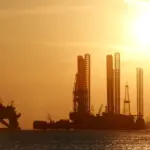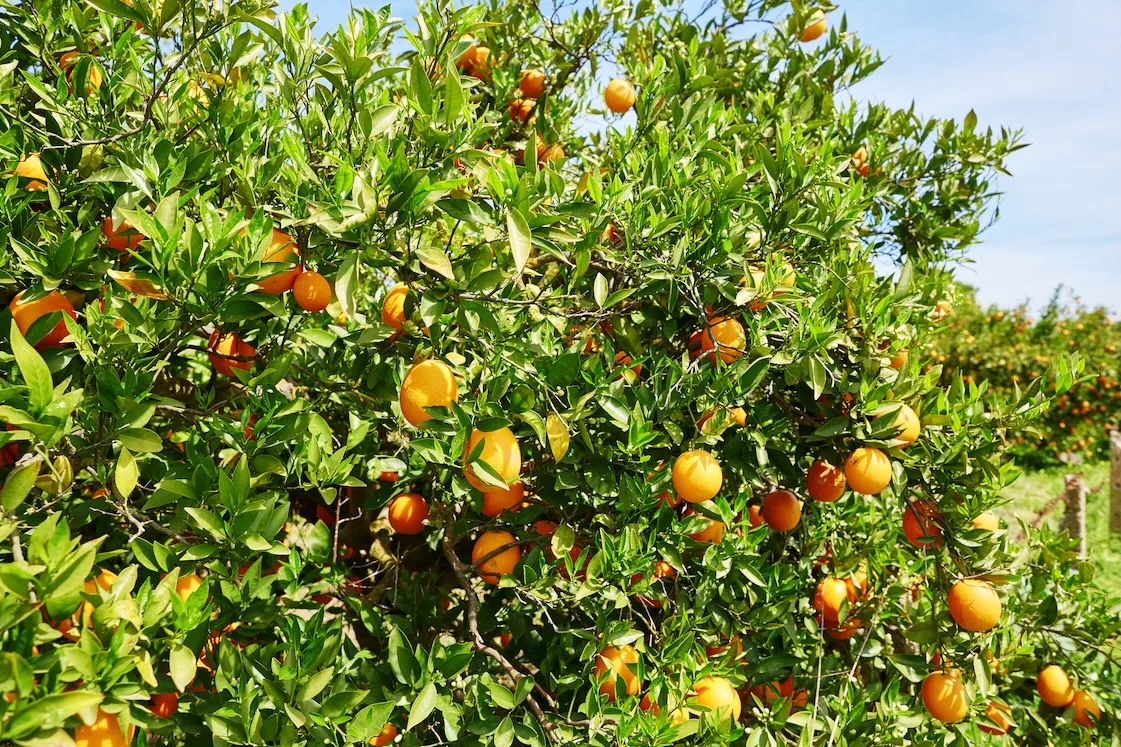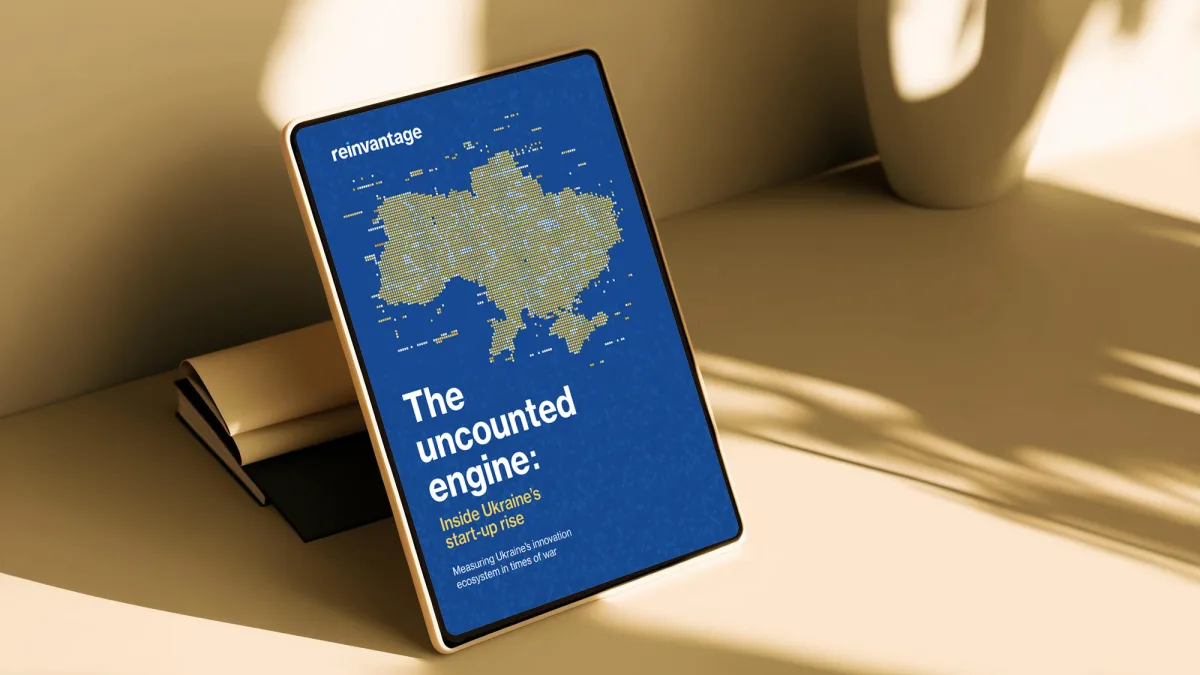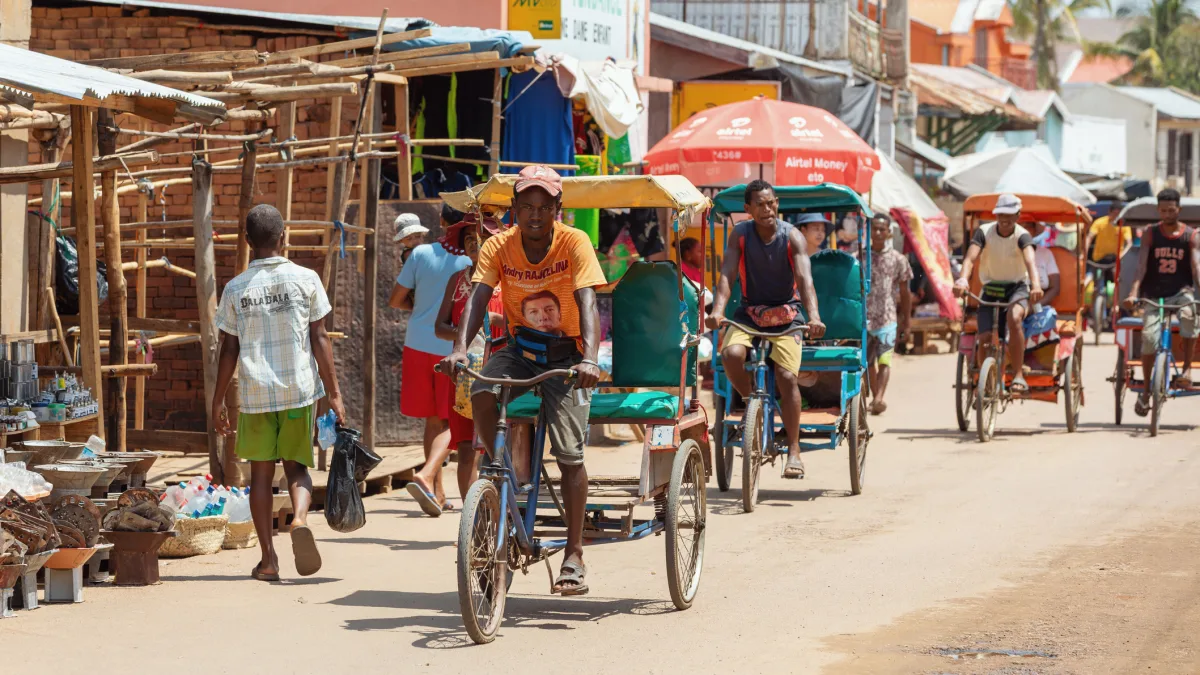Facing severe water scarcity, regions across Central Asia and North Africa are transforming their economic models to create more sustainable paths to prosperity. The challenge they face is immense—and existential.
In Central Asia, water stress has become a defining feature of the region’s political economy. Kazakhstan, Uzbekistan, and Turkmenistan are experiencing acute pressures, with annual renewable water resources approaching the 500 m³ per capita threshold of absolute water scarcity. The World Resources Institute has classified Uzbekistan and Turkmenistan in the ‘severe water stress’ category, with water stress indices increasing in both countries.
These challenges are compounded by climate change. Temperatures in Central Asia have risen twice as fast as global levels since the 1970s, according to the German Advisory Council on Global Change. The Intergovernmental Panel on Climate Change projects a 2-4°C increase by 2050 and 3-5°C by 2080 for most of the region.
The transboundary nature of Central Asia’s water resources adds a geopolitical dimension to the crisis. Kyrgyzstan and Tajikistan’s desire to use water for hydropower generation in winter conflicts directly with downstream Kazakhstan, Turkmenistan and Uzbekistan’s need for irrigation water in summer, creating a fundamental tension over water management.
This competition for diminishing resources has become a catalyst for economic transformation across the region.
Strategic pivots in agriculture
Agriculture, consuming up to 90 per cent of water withdrawals in some countries, has become the primary sector for reinvention. Here, the most visible evidence of change is the shift from Soviet-era wasteful irrigation systems to more efficient approaches.
Kazakhstan has made significant strides in upgrading its agricultural infrastructure. According to the Ministry of Agriculture, water losses during transportation have been reduced by 25 per cent through the reconstruction of 14,000 kilometres of irrigation canals. The country has also begun implementing 411 projects to develop water management facilities, including the rehabilitation of 575,900 hectares of irrigated land.
Uzbekistan, once notorious for its thirsty cotton monoculture that contributed to the Aral Sea disaster, has been diversifying its agricultural base, focusing on higher-value products with lower water footprints. This shift represents a strategic recalibration of the country’s relationship with its constrained water resources.
Just this week, the World Bank approved a 200 million US dollars concessional credit to support Uzbekistan in modernising its irrigation and drainage infrastructure and improving the quality of irrigation service delivery. The project aims to reduce water losses and increase the energy efficiency of irrigation systems across five regions of the country.
In North Africa, Morocco and Egypt are pursuing similar agricultural transformations. Morocco’s Green Morocco Plan and subsequent Green Generation 2020-30 strategy have emphasised drip irrigation to improve water efficiency in agriculture. Under the Green Morocco Plan, the kingdom put a total of 542,000 hectares under drip irrigation systems, quadrupling the area of agricultural land under such technology.
Egypt faces even more severe constraints. With per capita water resources falling from 2,526 m³/year in 1947 to less than 700 m³/year in 2013, the country is far below the 1,000 m³/year threshold deemed necessary by the UN to provide adequate water for drinking, agriculture, and nutrition.
Egypt has responded by converting over 200,000 hectares from flood irrigation to precision drip systems since 2018, according to the Egyptian Ministry of Water Resources.
Technological leapfrogging
The water crisis has forced these regions to adopt technologies that more water-abundant economies implement more gradually. Morocco is investing heavily in desalination powered by renewable energy to break the water constraint on economic growth.
According to Morocco’s National Water Plan 2020-50, the country plans to triple its desalination capacity by 2030, adding nine new plants to the existing facilities.
Egypt is similarly embracing technological solutions. Cairo-based start-ups developing soil moisture sensors and automated irrigation controllers are exporting their innovations across Africa and the Middle East, turning water scarcity expertise into an exportable service.
Kazakhstan and its Central Asian neighbours are developing water-efficient industrial technologies, particularly for the mining sector. Metallurgical plants have been required to implement water recycling technologies that recover up to 85 per cent of process water, according to the Kazakh Ministry of Industry and Infrastructure Development.
The most ambitious water reinvention strategies involve comprehensive shifts in economic structure. Morocco’s Tangier Tech City exemplifies this approach, combining water-efficient design with industries specifically selected for low water intensity: software development, financial services, and advanced logistics.
Egypt’s Knowledge City near its New Administrative Capital follows a similar model, focusing on information technology, business process outsourcing, and educational services. These developments represent strategic bets that knowledge economies can flourish even in water-scarce environments.
The policy reformation challenge
Water governance remains the most significant obstacle to transformation. All these regions face the challenge of reforming water pricing and allocation systems built during eras of greater abundance.
Morocco has historically maintained artificially low water tariffs for agriculture, incentivising water-intensive crops. According to the Institute for Research in Free Market Economics, while the value of water based on agriculture revenue is around 70 US cents per cubic metre, farmers currently pay only about four US cents per cubic metre, severely distorting conservation incentives.
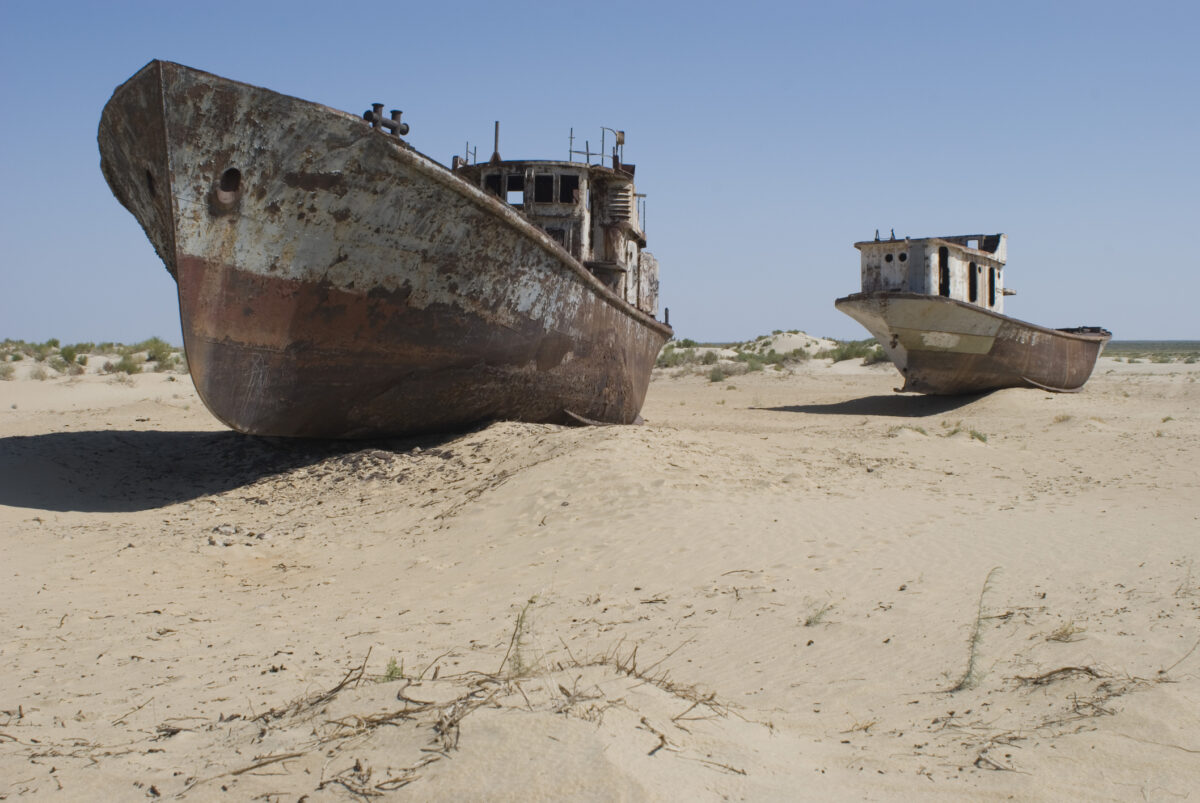
Central Asia faces similar challenges, compounded by the legacy of Soviet-era water management systems designed without regard for national boundaries or sustainable use. The International Crisis Group notes that governance is dominated by outdated quota systems, with water monitoring facilities falling into disrepair and countries routinely accusing each other of exceeding quotas.
Egypt’s water price reforms have been similarly tentative. According to the World Bank, irrigation water remains significantly underpriced, hampering conservation efforts and sustainable infrastructure development.
The export paradox
A central tension in these water-stressed economies is the role of agricultural exports in their economic strategies. Morocco’s agricultural exports grew significantly under the Green Morocco Plan, with early vegetables increasing by 66 per cent from 760,000 tonnes in 2009 to 1,265,000 tonnes in 2019, and citrus fruits by 38 per cent from 460,000 tonnes to over 607,000 tonnes in the same period.
Critics argue this export orientation effectively means these water-scarce regions are “exporting water” through agricultural commodities. Egypt now imports more ‘virtual water’ (the water embedded in imported food products) than the actual water supplied by the Nile, according to research published in Nature Communications. This trend raises fundamental questions about the sustainability of agricultural export strategies in water-constrained economies.
These regions face a fundamental reckoning with ecological limits. The progress made thus far, while significant, remains insufficient against the scale of the challenge. Climate projections suggest water stress will intensify, with warming temperatures exacerbating evaporation and changing precipitation patterns.
The economic models emerging across these regions share common elements: high-efficiency irrigation, diversification away from water-intensive industries, technology adoption, and gradually reforming price signals. Yet implementation varies widely, influenced by political constraints, institutional capacity, and historical development pathways.
What’s clear is that these water-stressed economies are pioneering approaches that will eventually become relevant globally. As climate change alters water availability worldwide, the innovations emerging from Central Asia to North Africa may well represent the vanguard of economic adaptation to a water-constrained future.
The water reinvention strategies being tested in today’s most water-stressed regions may well become tomorrow’s global economic playbook.
An orange grove in Northern Morocco. Photo: Dreamstime.

